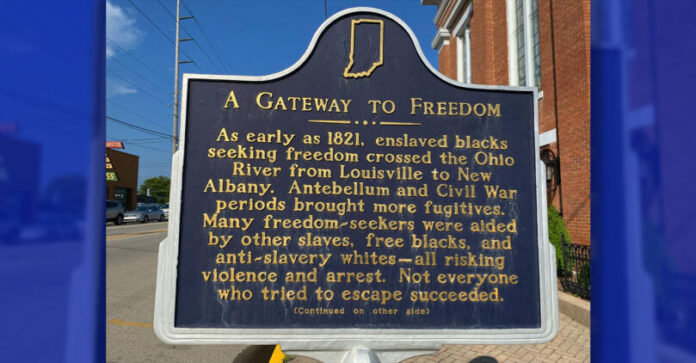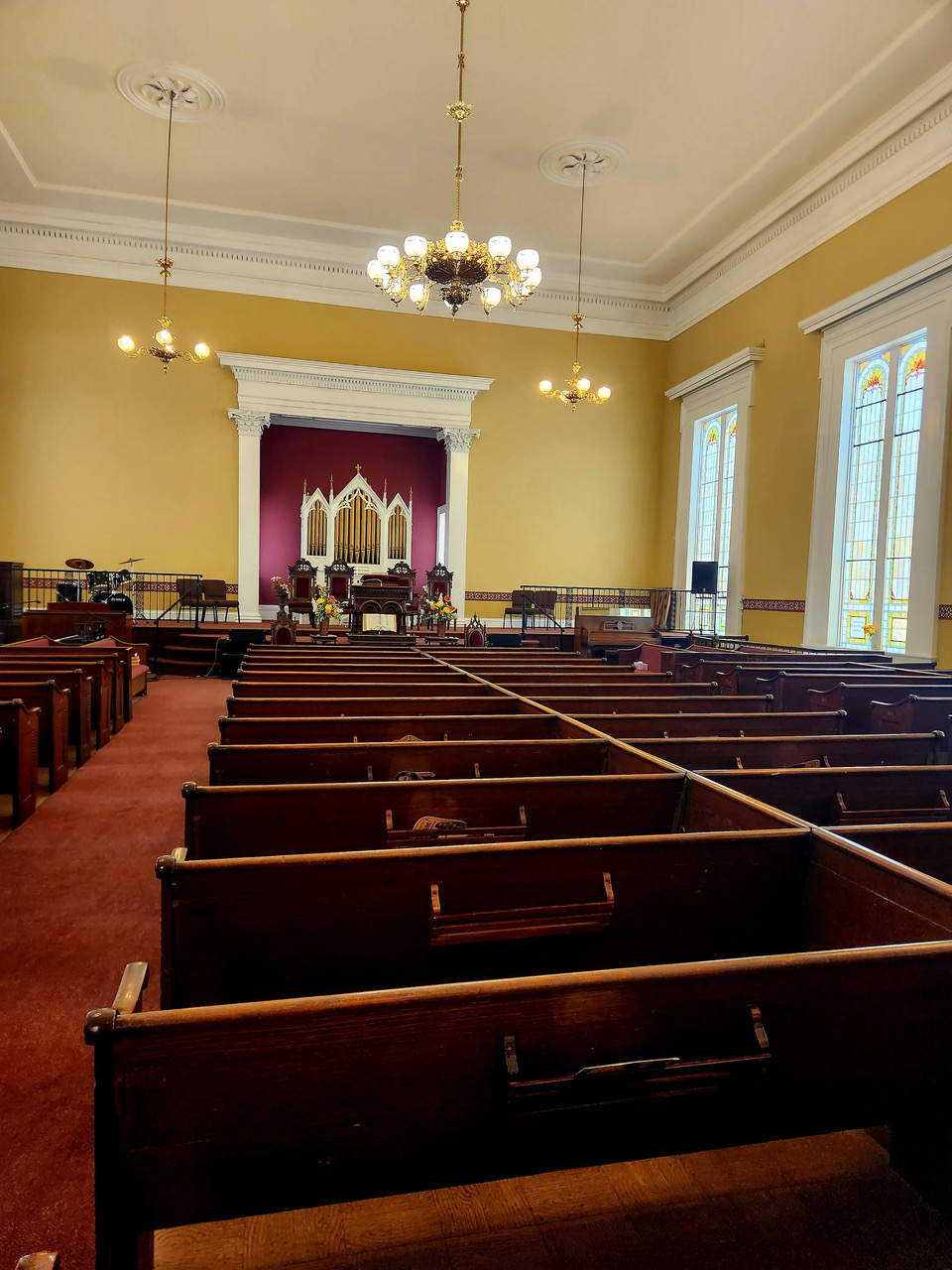
By Christopher J. Miller, Sr. Director of Education & Community Engagement, National Underground Railroad Freedom Center
September is International Underground Railroad Month.
This proclamation began in the State of Maryland in 2019, and now more than 11 States officially celebrate one of the most significant eras in U.S. history. With the signing of Ohio HB 340 in June 2022, Ohio became the 12th state to designate September International Underground Railroad Month.
Many history enthusiasts and scholars hope the momentum of the proclamation spreads to other states so that all our forebears of freedom are remembered.
Examining this era, you find that the Ohio River Valley is instrumental in the many narratives of freedom seekers. These stories are critical to our understanding of race relations and civic responsibilities.
Before the Civil War, many communities in the Ohio River Valley were part of an elaborate system that provided resources and protection for enslaved persons from Southern states on their journey to freedom. Once someone crossed the Ohio River, they traveled along unknown terrain of trails to safe houses and hiding places that would become known as the Underground Railroad.

The Underground Railroad was comprised of courageous people who were held to a higher law that confronted the institution of slavery with acts of civil disobedience by helping freedom seekers elude enslavers and slave hunters and help them get to Canada.
Many communities were a force for freedom along the more than 900-mile stretch of the Ohio River Valley, but I would like to focus on two significant communities.
Southern Indiana was a major part of this history. It was originally believed that there were from Posey to South Bend, Corydon to Porter, and Madison to DeKalb County, with many stops in between.
In further examination, the Underground Railroad in Indiana was a web of trails through the forests, swamps, briars, and dirt roads. The city that is often overlooked in reflecting on the history of the Underground Railroad is New Albany, Indiana.
By 1850, New Albany was the largest city in Indiana, with a population of 8,632. Free Blacks accounted for 502 of that population. Across the river, Louisville was Kentucky’s largest city, with a population of 42,829. A quarter of the 6,687 Black population were free in Louisville.
Louisville and New Albany would grow to become a significant region for Underground Railroad activity. People like Henson McIntosh became a prominent community member and major Underground Railroad conductor. McIntosh was one of approximately ten Underground Railroad agents in New Albany who used their wealth and influence to impact the lives of freedom seekers crossing the Ohio River.
The Carnegie Center for Art & History is an outstanding resource that continues to preserve New Albany’s role during the Underground Railroad era. Approximately 104 miles east along the Ohio River is another institution that plays a critical role in elevating the profile of the Underground Railroad on a national scope.

The National Underground Railroad Freedom Center is located on the banks of the Ohio River in Cincinnati, Ohio.
By 1850, Cincinnati would grow to be the 6th largest city in the Union, with a sizable Black population.
The Freedom Center is prominently located in the heart of a historic Black community called Little Africa. Although the community no longer exists, its legacy lives on through the Freedom Center.
As with New Albany, the community that resided along the banks of the river served an important role in the story of the Underground Railroad. Little Africa was the gateway to freedom for thousands of freedom seekers escaping slavery.
Although there were Underground Railroad networks throughout the country, Ohio had the most active network of any other state, with approximately 3,000 miles of routes used by an estimated 40,000 freedom seekers that crossed through Little Africa.
Despite the growth of enslavement leading up to the Civil War, communities such as Little Africa and New Albany reveal the realities regarding race relations and a model for the dignity of human life through their respective efforts to be kind and resilient friends for the freedom seekers.
For More Information:
National Underground Railroad Freedom Center – https://freedomcenter.org/
Cincinnati Tourism – https://www.visitcincy.com/
Carnegie Center for Art & History – https://carnegiecenter.org/
Southern Indiana Tourism – https://www.gosoin.com/


